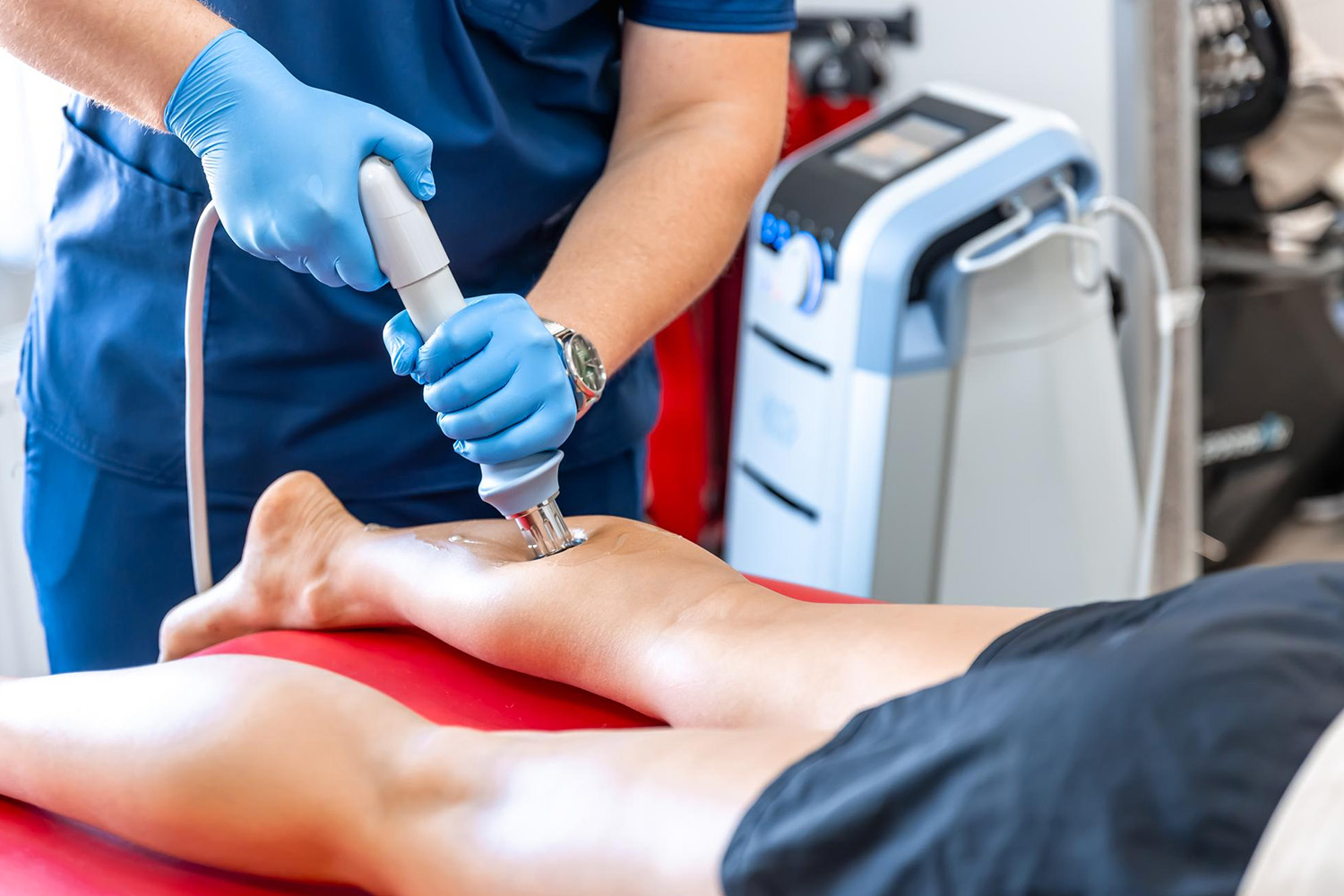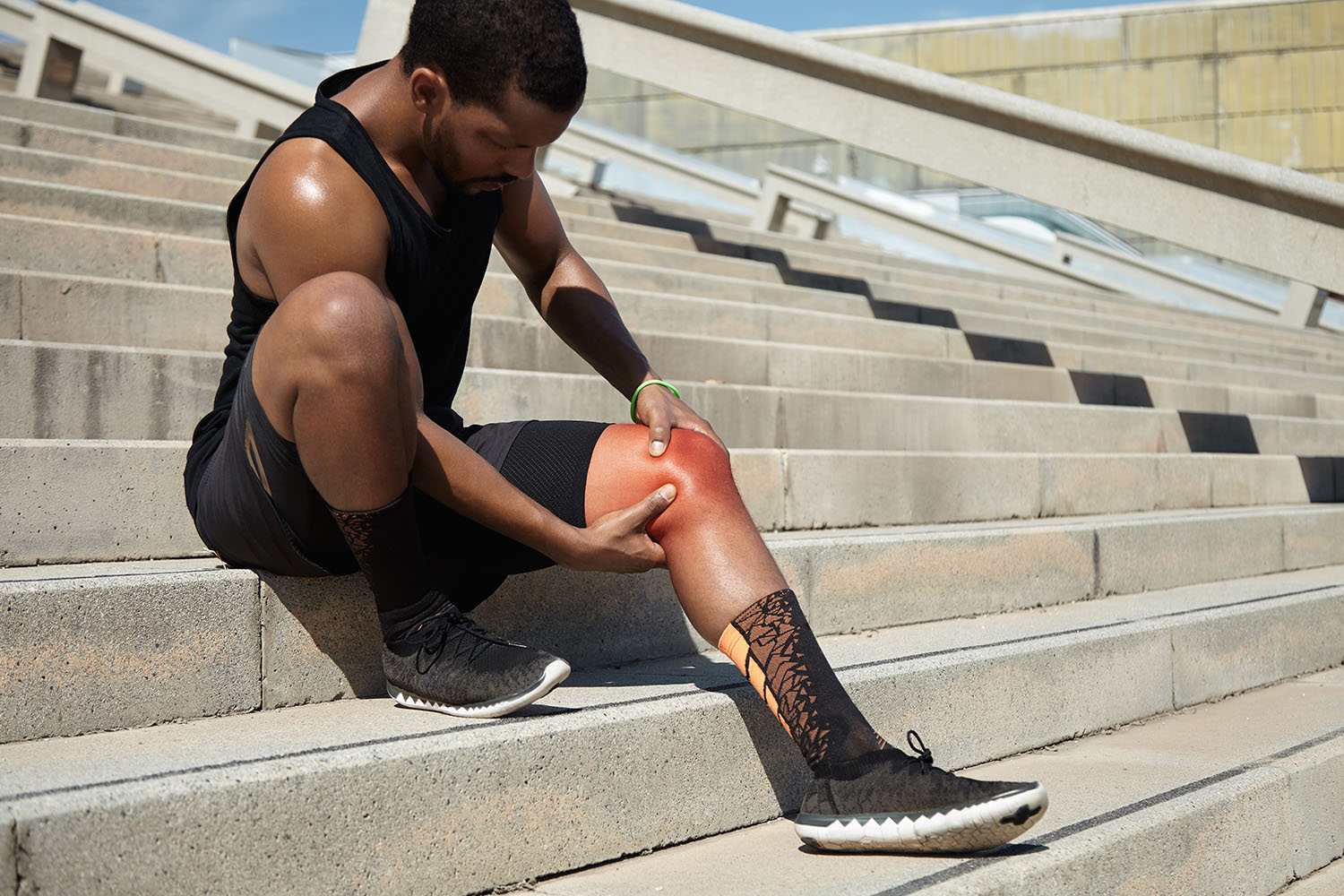When it comes to treating chronic pain and injury recovery, shockwave therapy vs physiotherapy is a common comparison. These two non-invasive treatments have helped millions reduce discomfort, regain mobility, and prevent surgeries.
Shockwave therapy, also known as extracorporeal shock wave therapy (ESWT), uses acoustic waves to stimulate healing in muscles, tendons, and ligaments. It has gained popularity for conditions like plantar fasciitis, tennis elbow, and shoulder tendinopathy. At Enhancing Massage, we integrate modern therapies like shockwave with holistic techniques to maximize recovery.
What Is Physiotherapy and How Does It Help?

Physiotherapy for pain relief is a manual and exercise-based therapy tailored to the root cause of musculoskeletal pain. It includes stretching, strengthening, manual therapy, and posture correction to rehabilitate injured tissues and restore functional movement[4].
While shockwave therapy is technology-based, physiotherapy relies on professional assessment, movement correction, and muscle activation strategies. Techniques like deep tissue massage can also enhance outcomes—read more about deep tissue massage benefits.
Shockwave Therapy vs Physiotherapy: Key Differences
1. Treatment Methodology
- Shockwave Therapy: Delivers sound waves to injured tissues to stimulate cell repair, blood flow, and regeneration.
- Physiotherapy: Combines assessments, physical exercises, and hands-on techniques to promote long-term healing.
2. Conditions Treated
Both treatments address musculoskeletal issues, but here’s how they differ:
| Condition | Shockwave Therapy | Physiotherapy |
| Plantar Fasciitis | ✅ | ✅ |
| Tennis Elbow | ✅ | ✅ |
| Chronic Tendinopathy | ✅ | ✅ |
| Back Pain | ⚠️ Limited | ✅ |
| Post-Surgical Rehab | ❌ | ✅ |
3. Duration & Frequency of Sessions
- Shockwave Therapy: Typically requires 3–6 sessions, once per week.
- Physiotherapy: May require weekly or bi-weekly sessions for 4–12+ weeks, depending on condition severity.
4. Scientific Effectiveness
- Shockwave therapy has demonstrated success in improving chronic tendon and ligament injuries that don’t respond to physiotherapy alone [1].
- Physiotherapy offers comprehensive rehabilitation strategies, supported by decades of clinical research [4].

Which Is Better: Shockwave Therapy or Physiotherapy?
In truth, shockwave therapy vs physiotherapy is not always about choosing one over the other. In many cases, combining both treatments yields the best results [2].
For example:
- Start with shockwave therapy to accelerate healing in chronic tendon pain.
- Follow up with physiotherapy to strengthen the muscles and prevent recurrence.
You can also explore deep tissue vs sports massage to support pain relief alongside physiotherapy
When Should You Choose Shockwave Therapy?
- Chronic tendon or ligament pain unresponsive to exercise [5]
- Non-invasive alternative to surgery
- Faster tissue repair for high-performance athletes

When Is Physiotherapy More Effective?
- Recovery from surgery, trauma, or neurological injury [4]
- Chronic posture-related pain or back pain
- Need for exercise-based rehabilitation
Conclusion
When it comes to shockwave therapy vs physiotherapy, it’s not about competition—it’s about complementing each other. If you’re looking for faster pain relief from tendon issues, shockwave therapy can offer rapid results[1]. For holistic recovery, mobility, and long-term support, physiotherapy shines.
Want personalized advice? Book a consultation with our team to determine the best treatment for your pain.
FAQs
1. Is shockwave therapy better than physiotherapy?
It depends on your condition. Shockwave therapy works great for chronic tendon pain, while physiotherapy is better for mobility, posture, and post-surgical rehab.
2. Can I do both shockwave therapy and physiotherapy together?
Yes! Many professionals recommend combining both for enhanced results and faster recovery.
3. How many sessions are needed for shockwave therapy?
Usually 3–6 sessions, once per week.
4. Are there side effects of shockwave therapy?
Mild discomfort, redness, or swelling may occur but usually resolve within 48 hours.
5. Is shockwave therapy painful?
You may feel some discomfort during the session, but it is generally tolerable and quick.
References
[1] https://www.healthline.com/health/shock-wave-therapy-for-plantar-fasciitis
[2] https://complete-physio.co.uk/shockwave-therapy-for-plantar-fasciitis/
[3] https://www.ncbi.nlm.nih.gov/pmc/articles/PMC9119740/
[4]https://www.stayactiverehab.com/blog/physiotherapy-for-chronic-pain/
[5]https://www.health.harvard.edu/pain/shockwave-therapy-a-new-treatment-for-chronic-pain

